5 Steps to Transition Your Vehicle from Cold to Warm Weather
Posted by:
Annamarie Beretta
Now that springtime has finally arrived and is hopefully here to stay, it’s officially time to prepare your vehicle for warmer weather. Harsh winter elements such as salt, ice, and slush can take a toll on your car and leave it in desperate need of some TLC. As the weather warms up, it’s a bit easier to pay more attention to your vehicle and give it the maintenance it needs for top performance. Provided below are five simple steps on transitioning your vehicle from cold to warm weather.
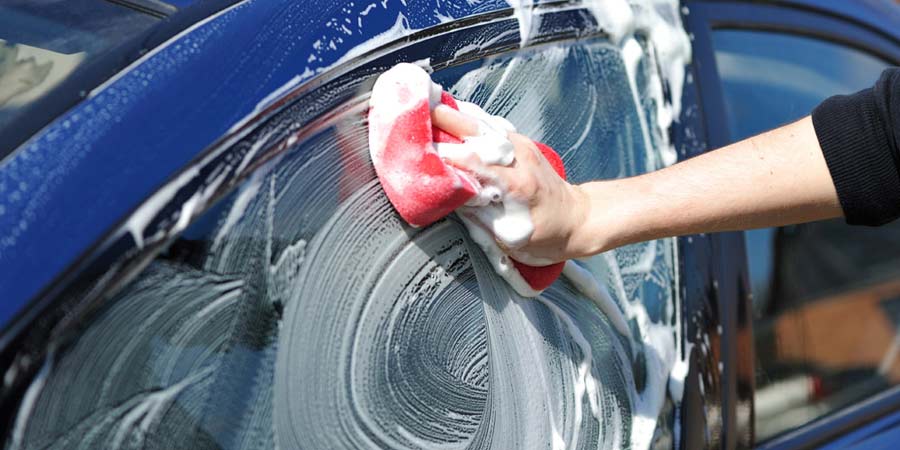
Step 1: Wash
While driving during the wintertime, the bottom of your vehicle will acquire plenty of salt and other materials that may cause corrosion leading to rust problems. This can be extremely damaging to the performance of your car, it makes it dangerous to drive and for others on the road around you, it can make your car harder to sell in the future, and it’s also unsightly. Get up under the vehicle to give it a generous wash or pay a little extra at the car wash to give it a thorough clean. A fancy expensive cleaner is not necessary here, just make sure to provide a detailed wash. At that, if you can get your car detailed, now is the ideal time to do it. Additionally, salt can damage the car’s paint as well so cleaning and waxing the exterior is crucial.
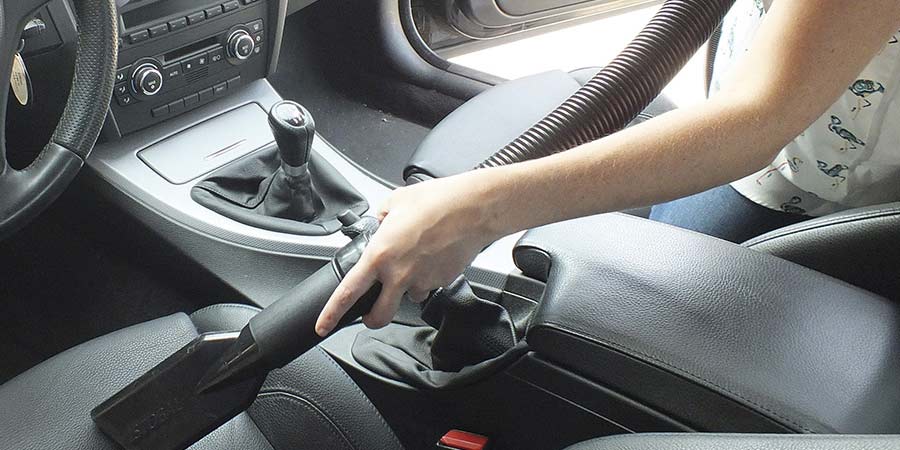
Step 2: Clean the interior
Decluttering and vacuuming out the inside of your car is very important. Not only will it look better, smell better, and feel better, it will give you piece of mind knowing that the interior nicely organized. Shake out the floor mats to remove dirt and use a rug-cleaner (if carpet) to get all the salt that was carried into the car out. Otherwise, hose them off. Use disinfectant wipes to clean surfaces of germs and sticky messes and vacuum between the seats to suck up crumbs and dust. Scrub the bottoms of doors, which can get coated with filth from entering and exiting the vehicle. Remove any trash and get a small crate for objects you can store in the truck to stay organized.
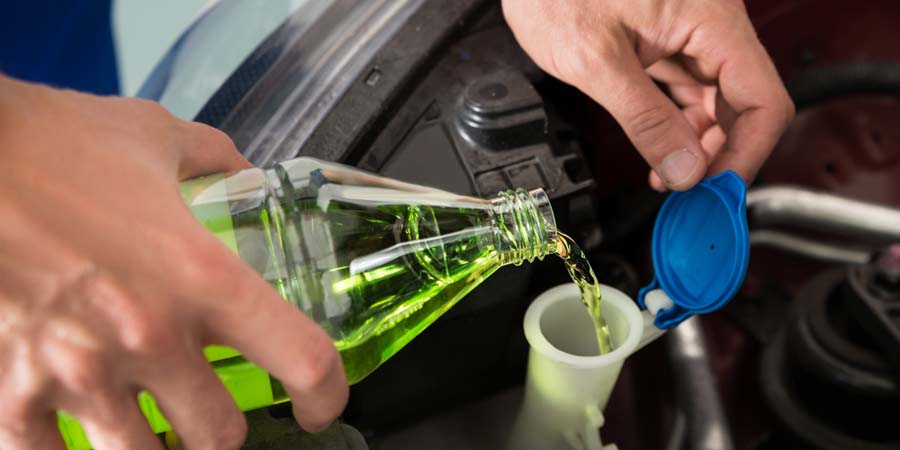
Step 3: Check and Change Oil/Fluids
Along with spring cleaning, it’s vital to check oil and other fluid levels in your vehicle. Fill up any fluids that are low or take your car in to a service station to be replenished. (Be sure you check the owner’s manual for the fill locations and exact type of fluid.) It’s also a great time to think about getting some preventative maintenance done. Perhaps it is time for an oil change or a transmission or coolant flush. Again, consult your odometer and then your owner’s manual for the proper timing.
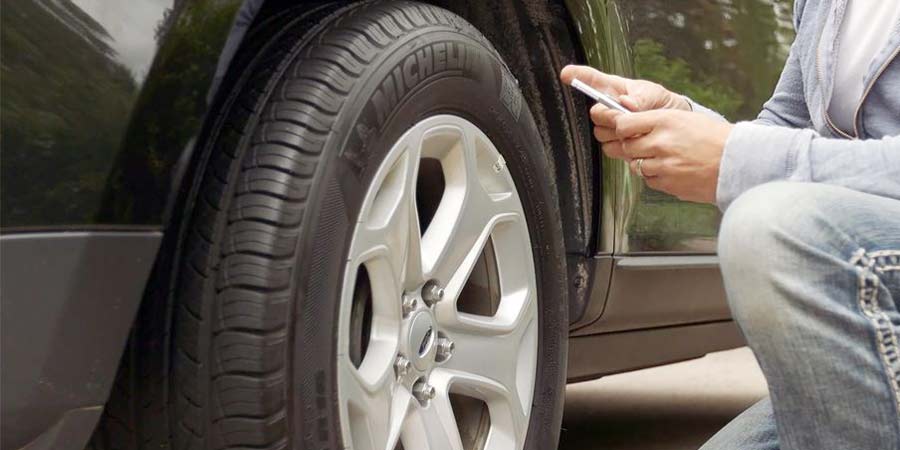
Step 4: Check tires
Springtime is a best time to examine the condition of your tires especially after the beating they take throughout winter. Inspect tires to make sure they are wearing evenly. Check the tire manufacturer's guidelines for tread wear to make sure your tires are in healthy shape. Look for cuts or gouges in the sidewalls. Tires should be properly inflated while cold weather can cause under inflation and warm weather can cause over inflation. You might want to consider rotating tires if the inflation and wear are uneven or get a wheel alignment. This is important as driving on proper tires saves you money and it’s more fuel efficient.
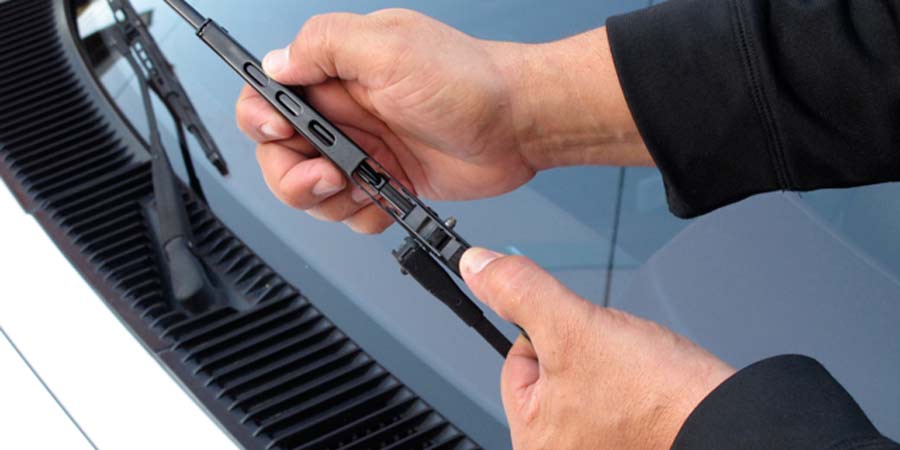
Step 5: Replace Wiper Blades
Windshield wipers can take a beating during the cold snowy months. Therefore, replacing them each spring is a good practice. This is an inexpensive way to ensure you have full visual capability while driving keeping you and others on the road safe.
« Last Post
Next Post »
View all Posts from this Blog